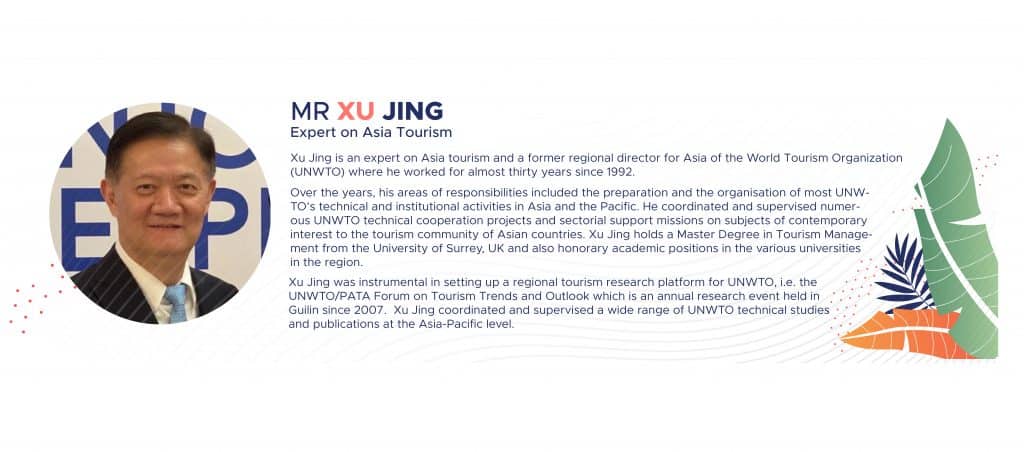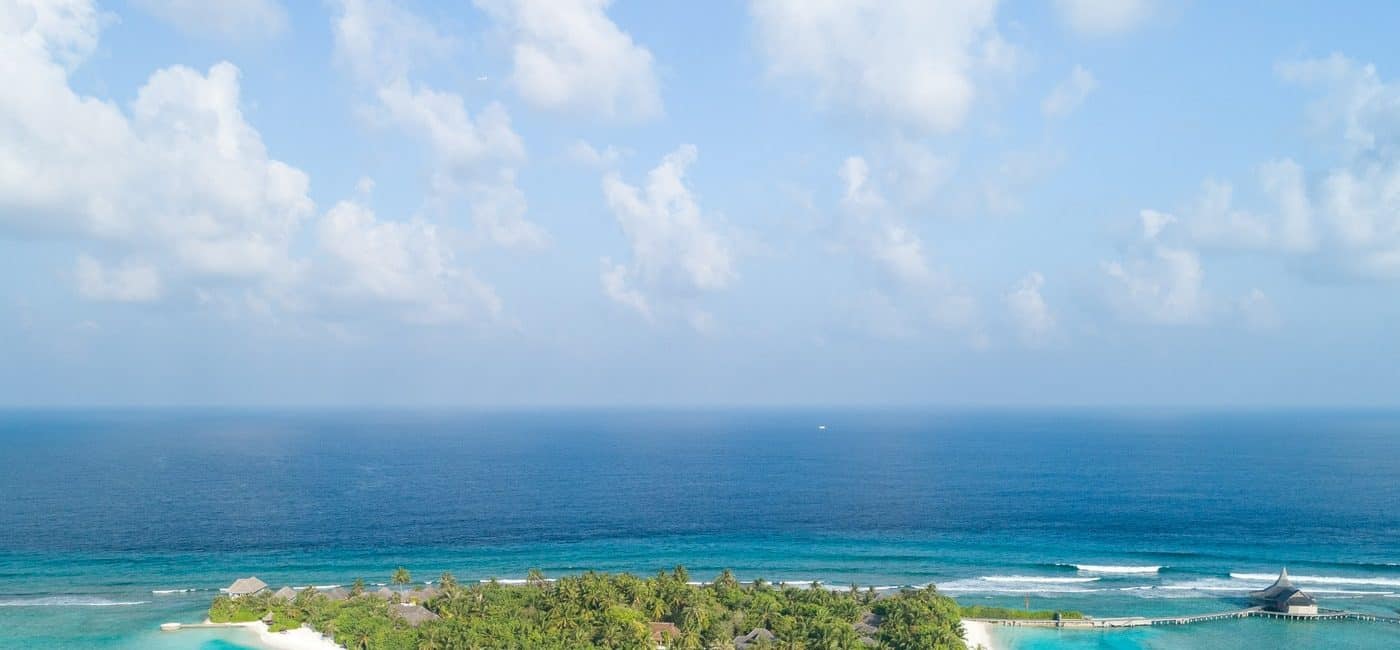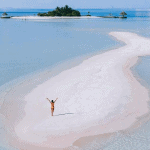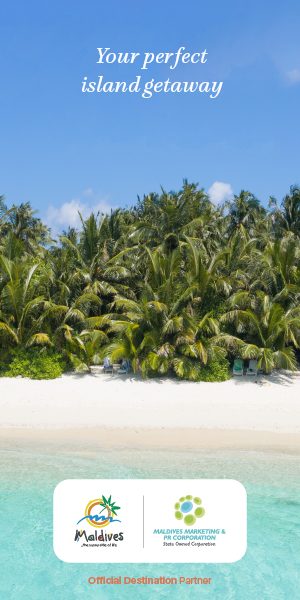As COVID-19 continues to rage through the world, many island destinations are faced with an unimaginable threat to their economic existence. Distinctive from countries with vast landmass and a strong population base, island nations cannot rely on their domestic market, nor could they quickly find an alternative sector or products to fill in the gap left by international travel to weather this unprecedented storm.
What is the way forward? Can we sit and wait in an idle fashion? The answer is an obvious no as we cannot afford such a negative approach when millions of jobs and lives are being affected. A unique case of the Maldives is shared henceforth: a case of a world-renowned tourism destination in the Indian Ocean, which has strived in the last six months to confront adversities with boldness and commitment on its way to gradual recovery of tourism.

Before the pandemic, the Maldives, as an international tourism destination, mainly relied on the high-end markets of Europe, China and more recently India. According to the data from the Ministry of Tourism, the Maldives received 284,000 Chinese tourists in 2019 accounting for 17% of the total and maintaining its first position since 2010. At one stace, this market was 30% of the total share in 2014. In 2019, India, with a huge growth rate of 84%, ranked the second largest source market for the Maldives. The European market, being the traditional source for the country has been supported mainly by Italy: Germany, United Kingdom, Russia and France.
However, with the onslaught of the coronavirus at the beginning of 2020, the Maldivian tourism plunged from January’s 14% growth into a negative 53% crop in March. The country had to close its national borders on 27 March 2020.
Naturally a national decree of closure halted the further spread of the virus, necessary for any fragile countries like the Maldives due to overwhelming health concerns. Yet, it is also known to all that tourism since 1972 has been the lifeline of the Maldives. It is 24.5% of the country’s GDP and 34.4% of government revenue (2019 Annual Report, Ministry of Tourism).
How could the country maintain the same level of income when they were close to losing over 150 high-end resorts providing room rates from several hundred to several thousand US dollars a night? There was absolutely no equivalent consumption domestically speaking. This was a question relating to the sheer survival of this shining pearl in the Indian Ocean. The archipelago would not be perceived any longer by its own people as the Sunny Side of Life, if basic production of income were not forthcoming.
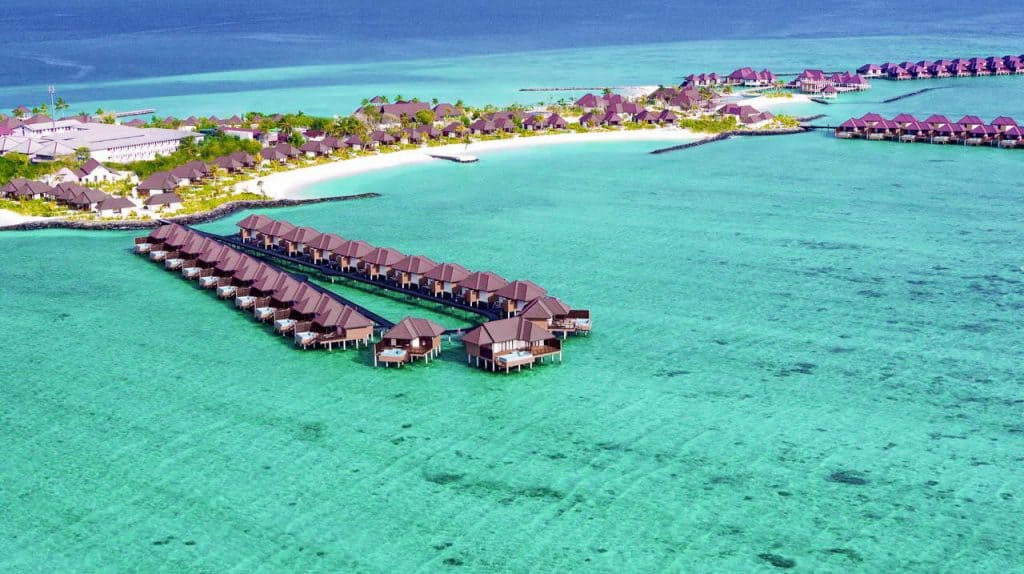
After a painful hard-thinking process, the government boldly announced that from 15 July 2020 onwards, the country would reopen and welcome inbound tourists from all countries no matter where they come from. At this juncture, according to a UNWTO report, over 140 tourism destinations representing 65 % of the world were still closed. This was a tough decision indeed! A decision that could be risky but certainly in my opinion not an impulsive one. It is a plan of action spearheaded by the President of the country in coordination with various line ministries and industry members. The salient features of the measures taken are as follows:
First of all, to separate inbound tourists from local residents in order to avoid potential cross- transmissions. Fortunate y due to its geographical structure, the Maldives tourism has always been on a “one resort – one island’ concept. Widespread contagion, if any, will not take place as long as staff working in the resorts do not shuttle to the local inhabited islands.
According to government regulations, as long as incoming tourists hold negative nucleic acid test certificates taken within 96 hours and exhibit no symptoms of Covid-19 upon arrival, there is no requirement for a 14-day quarantine. Rather, they are transferred directly from the airport to their respective resorts by boat or seaplane, with masks on during transit. The vacation commences within their own island (that is their resort) and there is no requirement for masking unless in a closed public space. Transfer to another resort in a split fashion is permitted only after satisfying the stipulated health regulations.
Another bolder approach is that in case tourists demonstrate symptoms of coronavirus after they commence their stay in the resorts but without the need to go to the hospitals, they are isolated on the resort itself with a view not to destroy their holidays. Of course, they should be strictly separated from the rest of the guests. The mandatory rule by the government is allocate 1 special room per 100 rooms for this purpose. The patient’s food is delivered by the hotel activity is limited, but he or she is still enjoying holiday within the specified water area. It is understood that since the reopening in July 2020, only 3 guests required hospital transfers for treatment. As of end January 2021, there have been a cumulative total of 15,614 cases in the whole country with a death toll of 51. However, out of this, a very small number was imported by tourists.
According to the government figure, averaging between July and December 2020, the tourist COVID19 positivity rate is 0.16%. The trend is going downward and the Maldives has maintained the rate under 0.09% consecutively for Dec 2020 and Jan 2021.
In the past six months, thanks to the decisive and unique measures taken by the Maldivian government, the tourism industry achieved gratifying results. After the initial reopening, the country only received 7,600 tourists in August 2020. But by December the monthly figure jumped amazingly to 93.000! By the end of 2020, the Maldives received 555,900 international tourists, a 67% drop compared with the 2019 total of 1.7 million arrivals.
The above outcome is indeed impressive in contrast to the rest of the world with very low level of recovery if any. It is also pleasing to note that the occupancy rate of resort hotels has reached around 47%. Entering 2021, this momentum of recovery is well maintained. Inbound arrivals in January 2021 reached 92.000, yet still a 48% drop compared with last year. And daily arrivals have been between 1,900 and 4,900. During the last Christmas period, this figure climaxed at 6,000 pax a day.
With the industry’s confidence being built continuously, there are now 143 resorts, 134 safari boats, and 318 guesthouses operational. Most importantly, when airports around the world are going through such a bleak period, as many as 27 airlines are operating their international routes to the Maldives.
There is no doubt that in the face of worldwide downturn of tourism, what the Maldives has done is a superb and valuable recovery story that can be shared with the rest of the island nations. For these destinations like the Maldives without substantial domestic market, one might think that this unique path may be forced sheerly cut of considerations for survival. But to me, what the country has experienced so far is a direct result of a firm belief. It is a belief resulting from policy wisdom coupled with concerted efforts of the industry. As the famous song goes, “When the Going Gets Tough, the Tough Get Going!”
Perhaps the best recognition by the world for the Maldivian practice is the award it received in December last year as the World’s Leading Destination 2020 at the Grand Final of the World Travel Awards 2020. This is the first time the country has won the award, which, I understand is also the most distinguished award category of World Travel Awards. The Maldives competed in this category with 22 other destinations worldwide.
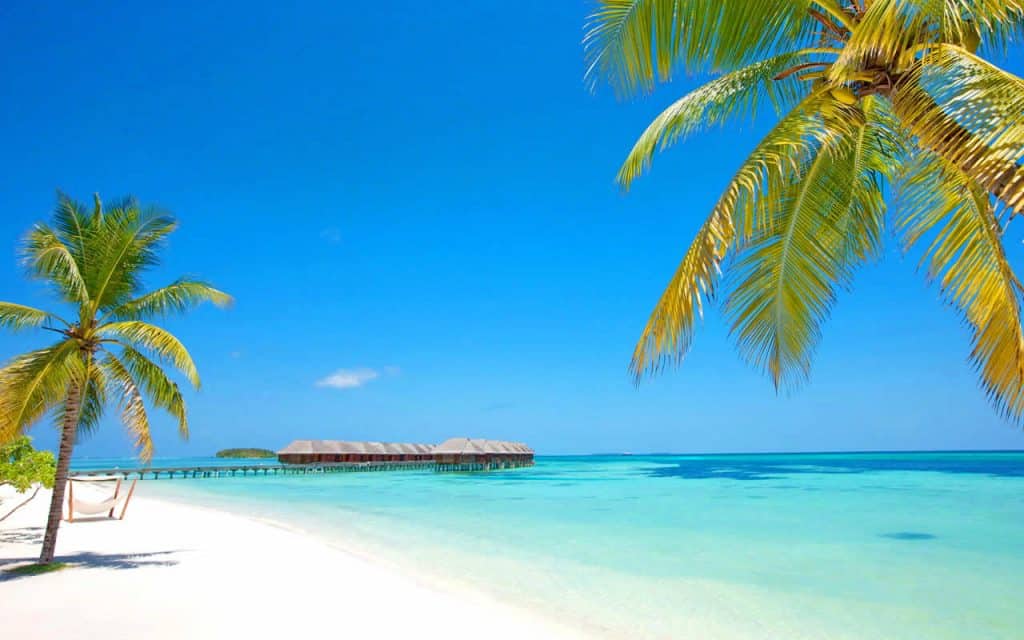
The Maldives has taken a good first step on its journey to revitalization – but the virus mutations this year have made this road to recovery even more thorny. The author has every reason to believe that no matter how difficult the situation is, the Maldives has set a benchmark for island countries. No waiting is the key if one wishes to see the slightest ray of light at the dawn of recovery and not be kept in pitch darkness.
In tracing the travel history of the Maldives, it has never been a smooth sailing. During the 2004-2005 tsunami crisis, many island destinations suffered heavy losses. After that, the Maldives proposed a strategy to adjust its source market base on its road to recovery. While maintaining the main markets of Italy, Germany and the UK, it bravely made efforts to penetrate the Chinese and Russian markets. The Maldives is a Commonwealth country and is accustomed to receiving European guests. At that time, almost no one in the industry believed that Chinese would come to such a high-end destination just to enjoy the sun and beach. However, with the perseverance of the government and assisted by UNWTO, it took less than five years for the Chinese to become the number one source market, laying the path to a more sustained diversification of the Maldivian markets. At the same time, it has also played a good demonstrating role for other island countries.
The Maldives’s practice during the covid pandemic has once again pioneered a unique way of crisis management. The country, realizing that the national policy of source markets is beyond the control of one single destination, wisely put on hold the idea of establishing a green corridor or the so-called travel bubble with major source markets. Instead, the country decided to seek worldwide new markets and new sources of tourists. This adjusted strategy, after half a year in practice, is already showing promising results. Let’s take a look at the comparison. In 2019, the top 10 source markets were China, India, Italy, Germany, United Kingdom. Russia, France, the United States of America, Japan and Australia. Since the re-opening in July 2020 till the end of last year, the 10 leading markets have changed to this pattern: Russia, India, UK, USA, Germany, France. UAE, Ukraine, Kazakhstan and Spain. This change once again proved the wisdom of not having all the eggs in the same basket when necessity calls for change.
The outstanding performance of the Maldives in the face of crisis derives from proactive measures taken by the government in the first place. The core foresight is to open up new alternative source markets on a global scale. Secondly, taking full advantage of the country’s unique geographical feature, the ‘one island – one resort’ concept as the biggest USP resonates extremely well when the world’s mindset is all about fresh air and open space.
At the same time, boosted by WTTC’s Safe Travel Stamp, the Maldives has become in the minds of tourists a safe haven away from the virus, a soothing place to forget the general anxiety, and indeed a sunny side of life to warm the heart and soul of distressed people.
At present, the Maldives Ministry of Tourism is in full swing to implement the tourism action plan under the new normal. It is understood that the fifth edition of the National Tourism Master Plan will be formulated in time for the celebration of the World Tourism Day this year in September. With the anticipated opening of 15 new resorts this year, a whole range of investment related activities are lined up to coincide with the country’s celebration of Tourism Investment Year 2021. It is noted that emphasis is given by the government on the development of tourism accommodation and transport facilities in the southern part of the Maldives as well as the encouragement of small-scale hotels in inhabited islands across the country. Such action is taken with a view to spreading the economic benefits to the local communities and empowering women and disadvantaged groups through tourism. All these initiatives will lay a solid foundation to usher in 2022 when the country shall celebrate the 50 anniversary of the Golden Jubilee of Maldivian tourism.
Photo Credit: Maldives Magazine
